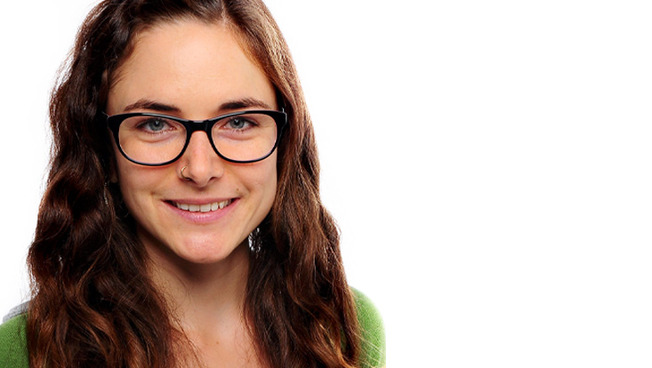16 October 2023
Project funding from the Joachim Herz Stiftung.Innovative Imaging through Development of X-Ray Sources

Photo: Staufer
Using so-called x-ray fluorescence (XRF), immune cells in living organisms can be traced and new findings on inflammatory diseases yielded. A team headed by Prof. Dr. Florian Grüner and Dr. Theresa Staufer in the Department of Physics at Universität Hamburg has pioneered this application. In addition to tracing cells, it is now possible to measure the temporal and spatial distribution of pharmaceuticals or antibodies. For example, we can now make new findings in the development of medication or precisely locate inflammatory foci or metastases.
The funding provided by the Joachim Herz Stiftung through its Innovation Academy for Application-Oriented Research should contribute to the further development of the necessary x-ray sources for this x-ray fluorescence imaging method. At the moment, samples can be analyzed only by using a typically very large synchrotron, so Staufer and her team want to use the project funding of roughly €20,000 to minimize the innovative x-ray machine so that it would fit in a conventional lab and become standard in various research areas. The technical procedures should proceed automatically so that using them is as easy as possible and would not require special expertise. This would also establish the procedure as a method of analysis for a broad range of applications.
The Innovation Academy for Application-Oriented Research run by the Joachim Herz Stiftung funds interdisciplinary, innovative, and risky research projects at the crossroads of engineering, the natural sciences, and medicine that are related to infection research and socially valuable.
As with all funded projects in this first round of the Innovation Academy, Staufer’s project focuses on practical application: “We already have a prototype in our lab. This way we can demonstrate that our goal is definitely achievable. We now have to further develop the basics to construct the most compact and economical structure possible,” says Staufer. The project, which the physicists are also discussing with various companies, started on 1 October 2023.
